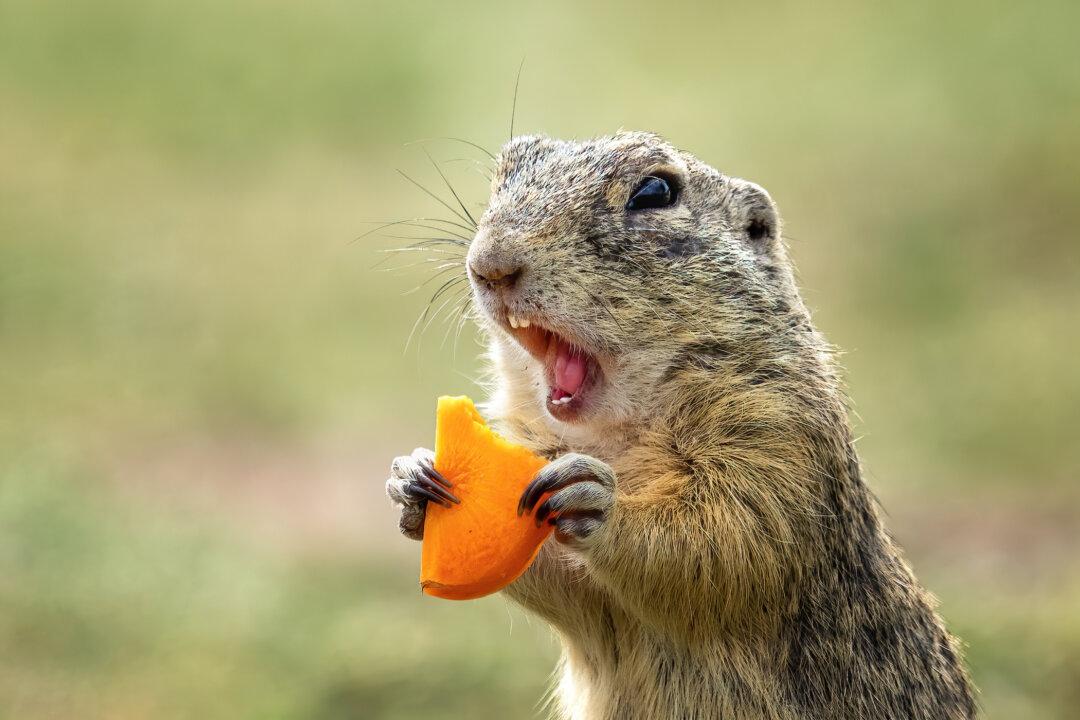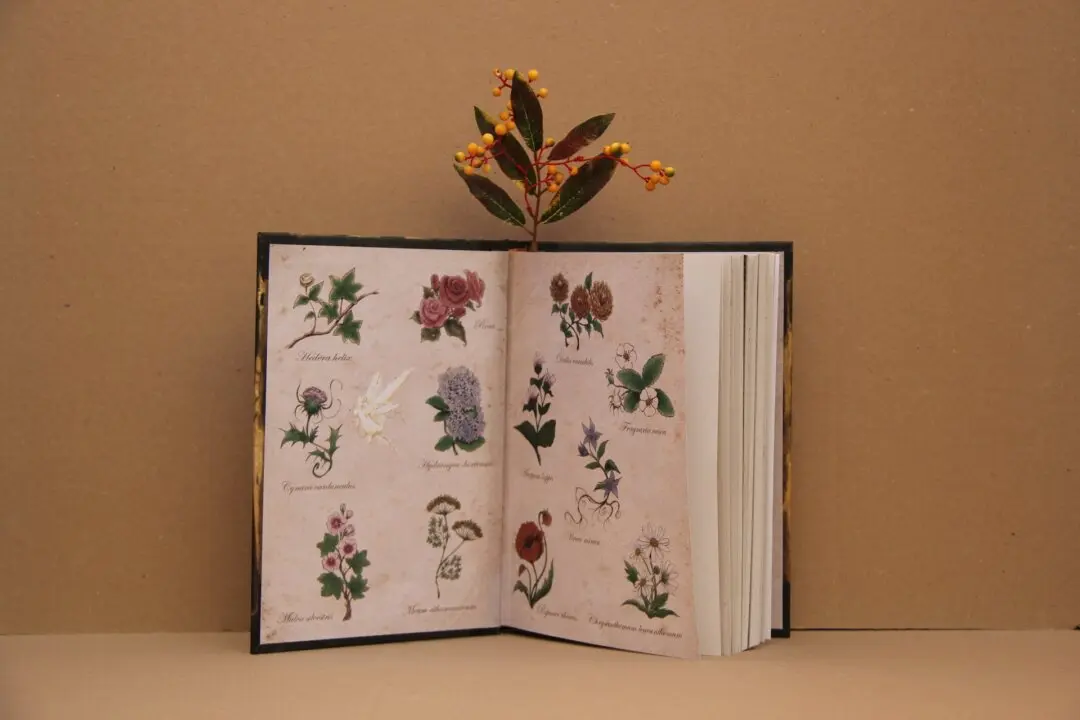Q: I saw your article on removing moles. We have gophers. Can you advise how to get rid of them?
A: Moles may be the easiest of the underground-dwelling mammals to remove from a garden. They are mostly solitary, and their tunnels are the easiest to find. They are slow, and when they are caught, they don’t do much to fight back or run away.





